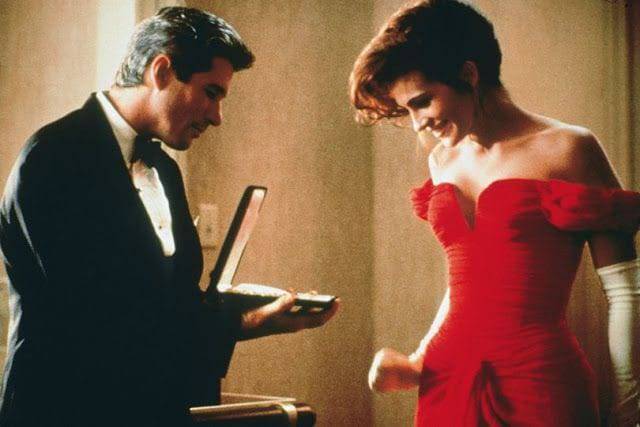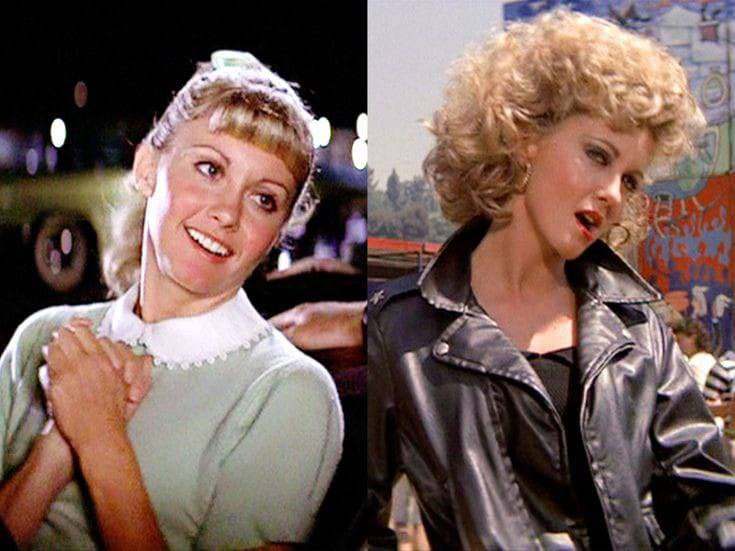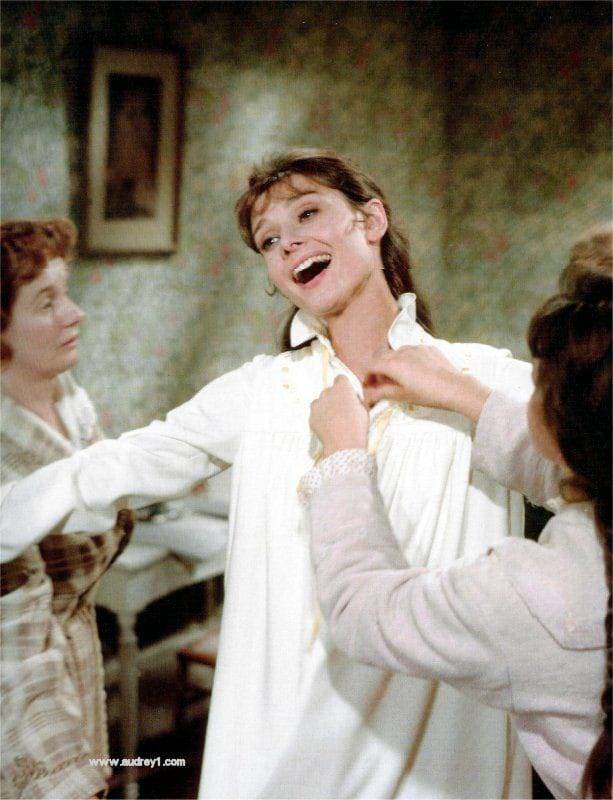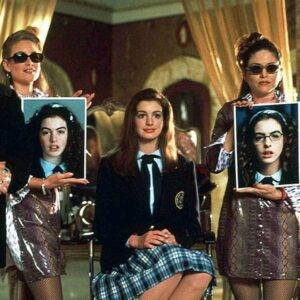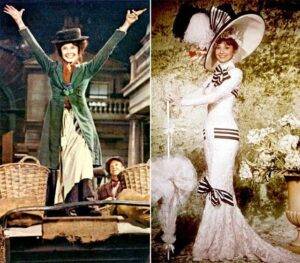The makeover trope is an all time favorite in literature, often used as a catalyst for character development and plot progression. This trope, which involves a significant transformation of a character’s appearance and often their social status or self-perception, speaks to world known themes of identity, acceptance, and personal growth. It resonates deeply with readers due to its motivational nature and its exploration of societal norms.
The makeover trope has deep roots in literature, with early examples found in classic works. One of the most iconic instances is found in George Bernard Shaw’s “Pygmalion” (1913), which tells the story of Eliza Doolittle, a poor flower girl who undergoes a dramatic transformation under the care of Professor Henry Higgins. This narrative, later adapted into the beloved musical *My Fair Lady*, examines themes of class, identity, and the superficiality of social distinctions.
Another early example is Cinderella, a folktale that has been retold in countless variations across cultures. The story of an underappreciated young woman who is magically transformed and gains the attention of a prince has enduring appeal, illustrating the transformative power of external change and its impact on social mobility and personal destiny.
In modern literature, the makeover trope has been adapted to reflect contemporary issues and sensibilities. Meg Cabot’s “The Princess Diaries” series, for instance, brings a fresh twist to the trope by chronicling the journey of Mia Thermopolis, a seemingly ordinary teenager who discovers she is a princess. Her makeover is both physical and emotional, representing her journey towards embracing her new identity and responsibilities.
In Marissa Meyer’s “Cinder”, a retelling of the Cinderella story set in a futuristic world, the lead is a cyborg mechanic who undergoes a transformation that is as much about discovering her own strength and resilience as it is about changing her outward appearance. This modern take highlights the intersection of technology and identity, adding a layer of complexity to the traditional makeover narrative.
The appeal of the makeover trope lies in its exploration of deep psychological themes. At its core, it addresses the desire for self-improvement and societal acceptance. Characters who undergo makeovers often start as underdogs or outcasts, making their transformations particularly satisfying as they overcome obstacles and achieve their true potential.
This trope also serves as a metaphor for personal growth. The physical changes that characters undergo often parallel internal developments, such as increased confidence, self-awareness, and a clearer sense of identity. For example, in *The Ugly Duckling* by Iris Johansen, the protagonist’s transformation after a traumatic event is both physical and psychological, emphasizing themes of resilience and empowerment.
Makeover narratives often depict characters taking control of their lives and actively working towards self-improvement. Through the process of transformation, characters discover hidden strengths, talents, and aspects of their identity that they may not have been aware of before. This journey of self-discovery can be deeply empowering for both the characters and readers alike, inspiring them to embrace change and pursue their own personal growth.
Makeover stories frequently emphasize inner growth and character development alongside external changes. Characters not only undergo physical transformations but also experience emotional and psychological growth. They confront their fears, overcome obstacles, and emerge stronger and more confident individuals.
These narratives often provide commentary on societal norms and expectations, challenging conventional notions of beauty, success, and identity. By subverting stereotypes and defying social conventions, these stories encourage readers to question prevailing attitudes and embrace diversity and individuality. They promote acceptance and inclusivity, fostering a more tolerant and empathetic society.
Makeover stories offer a form of escapism and entertainment, allowing readers to immerse themselves in glamorous or fantastical worlds where anything is possible. Whether set in contemporary high schools, historical periods, or futuristic dystopias, these narratives captivate readers with their compelling characters, engaging plots, and aspirational themes. They provide a welcome distraction from everyday life and inspire readers to dream big and imagine new possibilities.
The narratives often climax in moments of triumph and fulfillment, where characters achieve their goals and find happiness and acceptance. These moments of resolution provide a sense of satisfaction and closure for both the characters and readers, rewarding them for their perseverance and resilience. They leave readers feeling uplifted and optimistic, with a renewed belief in the power of transformation and the promise of a brighter future.
The makeover trope in literature is a powerful and versatile storytelling device that offers numerous benefits.
Despite its popularity, the makeover trope is not without its critics.
The makeover trope, often used in literature, with a character undergoing a physical transformation that significantly impacts their social standing, self-esteem, or romantic prospects. While this narrative device can be compelling and transformative for plot development, it also carries several drawbacks that merit consideration.
One major con of the makeover trope is its reinforcement of superficial values. This trope often suggests that physical appearance is paramount to a person’s worth or happiness. By focusing on the character’s external transformation rather than their internal growth, the narrative can perpetuate the idea that looks are more important than personality, intelligence, or kindness. This emphasis can undermine the more profound, intrinsic qualities that make a character truly compelling and relatable.
The makeover trope frequently perpetuates unrealistic beauty standards. Characters typically transform into idealized versions of beauty that align with societal norms, often requiring significant changes to their natural appearance. This can lead readers to internalize harmful beauty ideals, believing that their value is tied to their ability to conform to these standards. Such portrayals can contribute to body image issues and a culture of comparison, where individuals feel pressured to achieve an unattainable physical ideal.
Relying on the makeover trope can diminish character depth and development. When a character’s transformation is predominantly physical, it often overshadows their personal growth, skills, or achievements. This can result in a one-dimensional portrayal, where the character’s value is tied solely to their appearance. In contrast, narratives that focus on a character’s internal journey—such as overcoming fears, developing talents, or building relationships—tend to offer richer, more nuanced characterizations.
The makeover trope can also root stereotypes and clichés. Characters who undergo makeovers are often depicted as initially unattractive, nerdy, or socially awkward. Their transformation typically aligns them with more conventional attractiveness, thereby reinforcing stereotypes about what is considered desirable or valuable. This binary portrayal of “before” and “after” can be reductive and fail to capture the complexity of real human experiences and identities.
Another downside is the encouragement of inauthenticity. Makeover narratives often imply that to be accepted or loved, one must change their outward appearance. This message can discourage individuals from embracing their true selves and promote a culture where authenticity is sacrificed for acceptance. Characters may feel compelled to hide their real identities or interests to fit into a more socially acceptable mold, which can lead to internal conflicts and a lack of genuine self-expression.
The makeover trope frequently links physical transformation with romantic success, suggesting that attractiveness is the key to finding love. This can undermine the importance of mutual respect, shared values, and emotional connection in relationships. It propagates the notion that romantic prospects improve solely through changes in appearance, thereby trivializing the multifaceted nature of human relationships and the deeper qualities that foster meaningful connections.
The makeover trope can marginalize characters who do not conform to traditional beauty standards. Characters who remain true to their unique appearances and personalities are often portrayed as inferior or less desirable compared to those who undergo makeovers. This marginalization can alienate readers who identify with non-conforming characters and feel that their own value is diminished in comparison. It also undermines the celebration of diversity and individuality in literature.
Lastly, the makeover trope often lacks diversity. The standard of beauty presented in these narratives tends to be narrow and culturally specific, frequently aligning with Western ideals. This lack of representation can alienate readers from diverse backgrounds who do not see themselves reflected in these stories. It can also perpetuate a monolithic view of beauty that disregards the rich variety of appearances and cultural standards across different societies.
While the makeover trope can be an engaging literary device, it carries significant drawbacks. These cons highlight the importance of mindful and diverse character portrayals in literature, where the focus is on internal growth and authentic self-expression.
Overall, the makeover trope can be a useful literary device, its many drawbacks highlight the need for more mindful and diverse character portrayals. Focusing on internal growth, authentic self-expression, and the rich variety of human experiences can create more meaningful and inclusive stories

